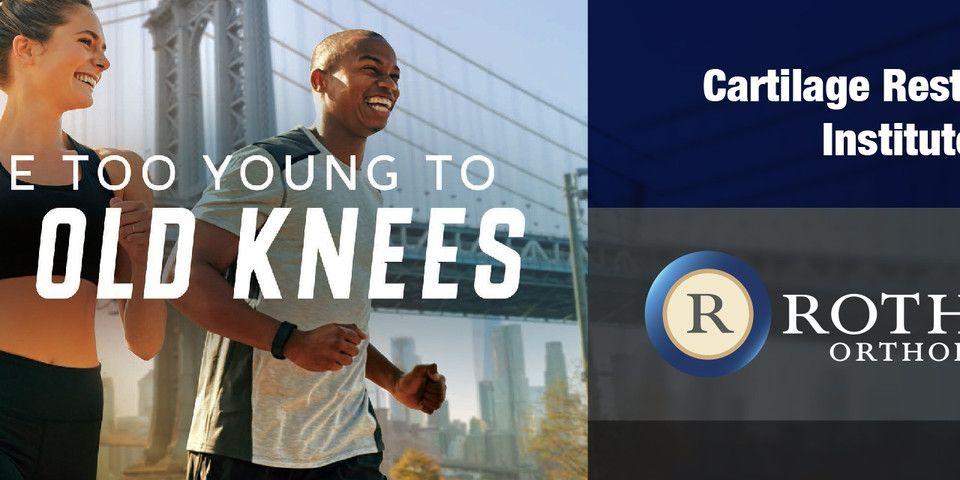Trenton Orthopedic Group offers superior treatment for broken wrists.
Making up a sixth of all fractures treated in emergency rooms, distal radial fractures are the most common breaks by a wide margin. Unfortunately for patients, their positioning and delicate nature make them exceptionally prone to fractures.
However, effective distal radial fracture treatment options are readily available. Because of the prevalence of these injuries, it’s essential that orthopaedic practices offer specialized care for affected patients. That’s why Trenton Orthopaedic Group at Rothman Orthopaedic Institute prioritizes offering elite-grade distal radial fracture treatment in Trenton. Whether you have suffered a low-severity fracture and only need splinting and casting or a more severe fracture that requires surgical treatment, Trenton Orthopaedic Group at Rothman Orthopaedic Institute has the resources and expertise to radically restore your damaged wrist.
Distal Radial Fractures: Questions and Answers
As orthopaedic specialists with extensive experience treating distal radial fracture wrist injuries, we’re here to answer your questions about wrist anatomy, common causes and types of injuries, and the specifics of distal radial fracture treatment in Trenton.
Listed below are some of the most commonly asked questions about distal radial fractures.
What is a distal radius?
The forearm is composed of two bones, the larger of which is known as the radius. The end of the bone facing the wrist is the distal end. A broken wrist generally refers to a fracturing of the radius’ distal end, where it meets the wrist.
How do distal radial fractures occur?
Distal fractures occur as a result of a forceful impact on the wrist and the lower segment of the radial bone. Most often, this occurs when a person falls and braces their impact with outstretched hands. The majority of distal radial fractures affect the lower inch of bone closest to the wrist joint.
How serious are distal radius injuries?
The severity of a distal radial fracture is dependent upon the conditions of the injury. There are several ways in which the radial bone may break, including:
-
Colles fractures: which tilt the fractured radial bone upward
-
Extra-articular fractures: which do not affect the wrist joint
-
Intra-articular fractures: which extend into the wrist joint
-
Comminuted fractures: which involve the radial bone being broken into more than two pieces
-
Open fractures: in which the broken radial bone punctures the skin and is exposed
Of these various types of fractures, intra-articular, comminuted, and open fractures tend to be the most serious and require the most intensive reconstructive care. Open fractures need to be treated immediately; otherwise, serious infection may occur.
Can distal radial fractures be treated without surgery?
The majority of distal radial fractures can be treated without surgery. In particular, Colles and extra-articular breaks may be treated effectively with non-operative treatments. Non-operative distal radial fracture treatment in Trenton involves the application of a distal radial fracture splint and casting. If the injured bone is displaced, it will need to be realigned (through a process called “reduction”) prior to splinting and casting. Casts are generally removed after six weeks.
When is surgery required?
In more serious fractures or in cases where the alignment of the broken pieces of the distal radius is greatly impaired, surgical treatment may be recommended. Distal radial fracture restorative surgery involves the realignment of fractured bone through a small incision and, if needed, the installation of screws and prosthetic components to stabilize the bone fragments. In the case of open fractures, surgery is always required and should be performed as soon as possible after the injury.
Distal Radial Fracture Treatment in Trenton
Whether you require surgical distal radial fracture treatment in Trenton or non-operative treatment (such as splinting and casting), Trenton Orthopaedic Group at Rothman Orthopaedic Institute is proud to offer the most effective and reliable treatment options available. To learn more about Trenton Orthopaedic Group at Rothman Orthopaedic Institute, please visit us here or contact us at 1-800-321-9999.
Related Specialties
Related Physicians
Related Conditions
Related Treatments
Related Services
Related Programs
-

Cartilage Restoration Institute
This is a center where patients can go to have their disabled joint biological resurfaced, realigned, and stabilized without having the joint replaced by artificial materials such as metal and plastic. It is well known that the outcomes of patients under the age of 50 undergoing artificial joint replacement are not as good as we would like. Therefore we feel the future of Orthopaedics is to try to restore a joint back to its original anatomy by realignment, ligament reconstruction, and cartilage restoration.Read More





